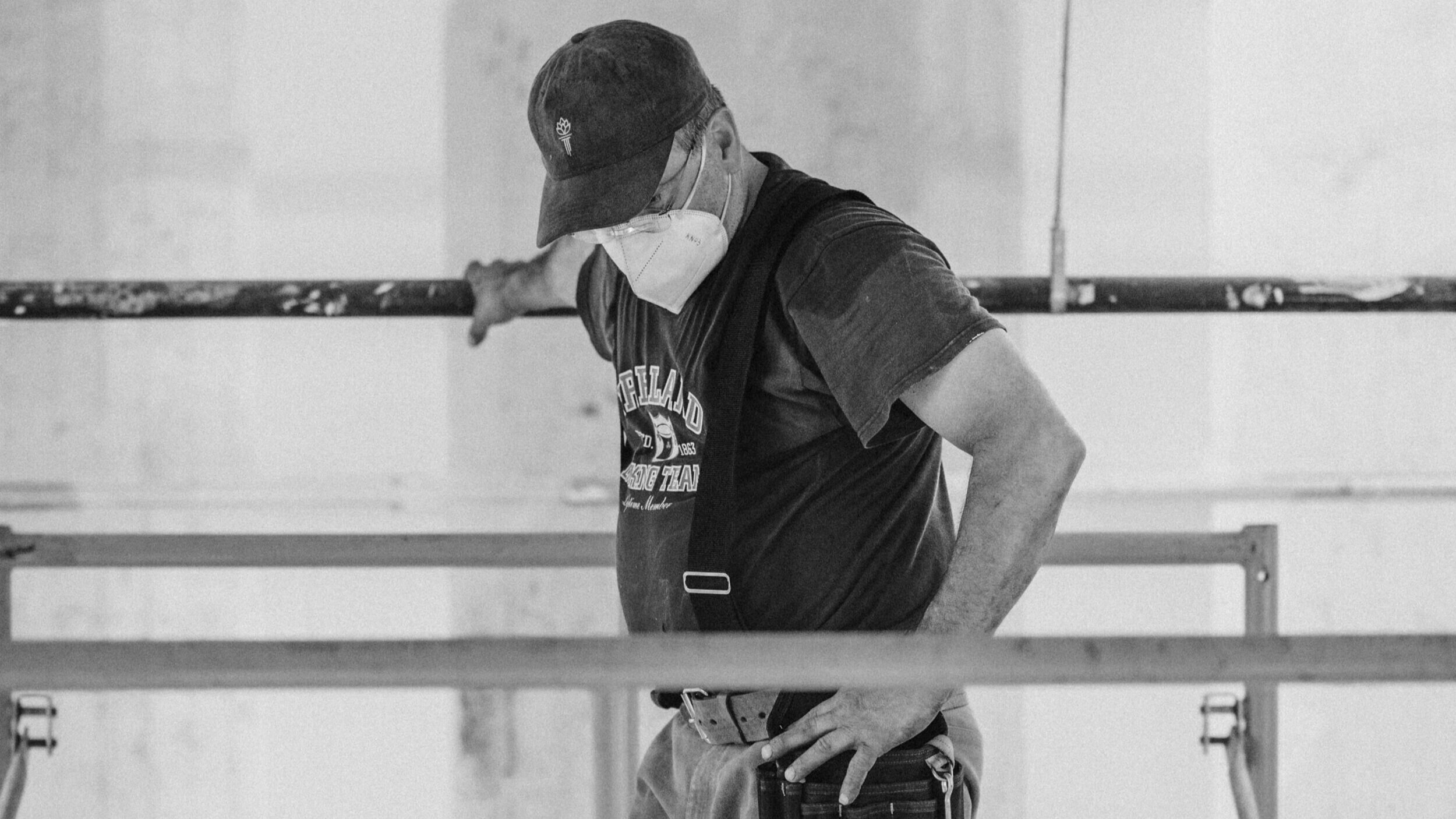
LATEST
Recent Posts
Posts by Topic

Breweries are lowering prices on N/A beer even thought it’s an expanding segment and the only one really exciting people in the industry. To me, that looks like an important tell.
We have been seeing a tsunami of news articles about how badly the beer industry is doing. It seemed disproportionate to the actual headwinds, and at least one report out last week shows some heartening signs.
You may have seen the op-ed in the New York Times offering handy advice to reverse the declines in the craft beer segment of the beer industry. It produced a chuckle among those who actually understand this industry, and here’s why.
Even in a brewery with a self-consciously European presentation, an obscure Belgian-style ale can’t hide where it’s really from.
In 2016, the very coolest thing to do was scoot down to your local brewery taproom, with its minimalist, industrial chic. You could pick up a four-pack of milkshake IPA in bright labels and impress your friends during the Packer game. That … is no longer the case.
Beer is a potion of flavor and aroma compounds, and humans are creatures of opinion. In one culture, people favor some and eschew others, while elsewhere they may favor the other and eschew some. This is both inexplicable and universal.
With the apparent permanent closure of Rogue Ales, it’s time to consider the legacy of this early craft brewery. It may surprise many drinkers who today think of Rogue as tame and boring to learn that it was once a radical experiment. And that’s how we should remember it.
Berlin’s wonderful all-Berliner weisse brewery announced it was closing a few weeks ago (full text included in this post), which gives me an opportunity to repost my article from five years ago about what a wonderful project it was.
Founder Alex Ganum is one of a handful of the most gifted brewers I’ve encountered in my travels around the world, and on a number of occasions, tasting his beer left me startled by its originality and accomplishment. With its singular vision and personality, Upright was an irreplaceable brewery.
A number of months ago, I chanced upon a pint of Deschutes Fresh Squeezed IPA. It had been years since I’d tasted the beer, and I didn’t find the thick, cakey ale of my memory, but a pretty awesome banger. Was I just misremembering it, or had Deschutes quietly reformulated their flagship?
Trying to describe fresh hop beers is hard because rather than just reaching for another adjective, we grope toward different realms of experience. Drinking a very good one is to experience synesthesia and encounter the taste of iridescent green.
Three years ago, I wrote about a hop making its way through advanced trials, and a couple weeks ago, it made it to the promised land. In today’s post I speak with breeders and researchers about newly-minted Dolcita and what makes her special.
The internet put all human knowledge at our fingertips, transforming the way we understood the world. A recent technological “innovation” may give us answers even faster, but take a wrecking ball to our basic information.
Sierra Nevada recently won the World Beer Cup gold medal … for ESBs. Violating Betteridge’s law of headlines, I explain why they got it right, including in my analysis a different rule, beer’s One Iron Law.
On this week of the Craft Brewers Conference, when much of the news is a little dour, let’s consider a little context. More and more people are drinking so-called craft beer each year, and it is becoming part of our cultural furniture. There’s a lot of upside to that.
An unearthed 1974 BBC video of Hook Norton is an amazing document, and not for the reasons you might imagine. The brewery, then as today one of the most “traditional” in the UK, was making some interesting beer that sheds a lot of light on the way things change.
The art of brewing has been constantly evolving for thousands of years. Technologies like heated stones, elbow thermometers, and fish bladder finings may have run their course, but others transformed beer. Which were the most significant? The answers lie herein!
Last week, VinePair published an article about the birthplaces of famous beer styles. It included some hinky information—offering me the opportunity to explore an important topic: the “romantic fact.” That is, a story shot through with fascinating, possibly nostalgic details that turn out to be hogwash.










Through war and peace, rich times and financial calamity, Anheuser-Busch has maintained the most impressive system for making beer in the world. In the US, it starts with the dozen separate breweries scattered across the US. So it was very big news to learn that they’re shutting 25% of them down.